The Yorktown Campaign
After the Battle of Monmouth Courthouse in June of 1778, the British retreated into the friendly confines of New York City. Following two lengthy campaigns (New York in 1776 and Philadelphia in 1777), England had neither crushed the Continental Army nor roused the local populace to join the British effort.
With the entry of France into the war, Lord Frederick North, the Prime Minister of England, allocated military resources to the Caribbean to defend Britain’s lucrative sugar plantations from the French Navy. Consequently, British General Henry Clinton received no reinforcements to conduct multiple concurrent campaigns in America. Since the northern colonies had failed to rally around the Union Jack, Clinton decided to shift his focus to the south.
The opening act of the Southern Campaign was the capture of Savannah in December 1778, which was then used as a base of operations for attacks on Patriot outposts in Georgia and South Carolina in 1779. That was followed by the capture of Charleston and the entire 5,300-man Continental Southern Army under General Benjamin Lincoln, in March 1780. This surrender was the largest of any American force until Union troops surrendered at Harper’s Ferry in 1862.
Clinton, who chose to maintain his headquarters in New York City, assigned the command of the southern theater to General Charles Cornwallis, his very capable subordinate. Cornwallis and his divisions aggressively marched throughout the Carolinas and Georgia in 1780 and the early part of 1781, winning most of the pitched battles but never securing the “hearts and minds” of the upcountry people.
Due to a dwindling army from numerous engagements and running short on supplies, Cornwallis decided to enter Virginia in April 1781 to await reinforcements or to be further directed by Clinton. After conducting two raids into central Virginia, Cornwallis was ordered by Clinton to establish a deep-water port in the Chesapeake. Cornwallis selected Yorktown on the York River and began fortifying the site on August 2, 1781.
Philibert-Louis Debucourt. “Marquis De Lafayette.” National Portrait Gallery, Smithsonian Institution.
Gilbert du Motier, better known as the Marquis de Lafayette, commanding a 4,500-man army of Continentals and Virginia militia, shadowed Cornwallis’s force from a safe distance and set up his base at Malvern Hill, about eighteen miles southeast of Richmond. Lafayette’s task was to hold Cornwallis in place.
Meanwhile, in the north, General George Washington had been keeping a wary eye on the main British Army in New York City since late 1778, while other American generals contended with Cornwallis. Then, in July 1780, the French finally sent a 5,700-man contingent, under the command of General Jean-Baptiste de Rochambeau, to aid the Americans, landing the army at Newport, Rhode Island. Importantly, Rochambeau was instructed by the French ministry to be subordinate to Washington and accept the orders of the American commander.
For about a year, Rochambeau kept his men in camp, much to the frustration of Congress. Washington, following a harsh winter at Morristown, was concerned as well at the delay and its effect on the American cause. He wrote in April 1781, “We are at the end of our tether…now or never our deliverance must come.”
In May 1781, the two commanders met in Wethersfield, Connecticut, and agreed that it was time for action, although the exact target of their campaign was yet to be decided. Washington wrote to Rochambeau that he considered an attack on General Clinton’s army in New York City the “only practicable object under present circumstances” but the French commander was noncommittal. The ultimate decision would rest upon where the French Navy was willing to sail as naval support would be critical to the success of any campaign.
The two armies finally rendezvoused in Westchester County, New York, on July 6, 1781, when 5,300 Frenchmen in their sparkling white uniforms joined Washington’s 4,000 Continentals. The contrast in the appearance between the two armies was shocking, especially to the French. One officer remarked, “It was really painful to see these brave men, almost naked with only some trousers and little linen jackets…but very cheerful and healthy in appearance.”
On August 14, Washington received a letter from Admiral Comte de Grasse, the French naval commander, that he planned to sail to the Chesapeake rather than New York. De Grasse intended to arrive off the Virginia Capes in August and remain on station for about six to eight weeks before returning to the West Indies in mid-October. That was Washington’s narrow window of opportunity, and he quickly seized it.
While maintaining a ruse to fool Clinton into thinking the main Continental Army was still nearby, Washington and Rochambeau headed south on August 18. It was not until September 2 that Clinton realized the combined American-French army was marching to attack Cornwallis in Virginia. By then, Clinton could do little to help his subordinate.
Next week, we will discuss the British surrender at Yorktown. Until then, may your motto be “Ducit Amor Patriae,” love of country leads me.

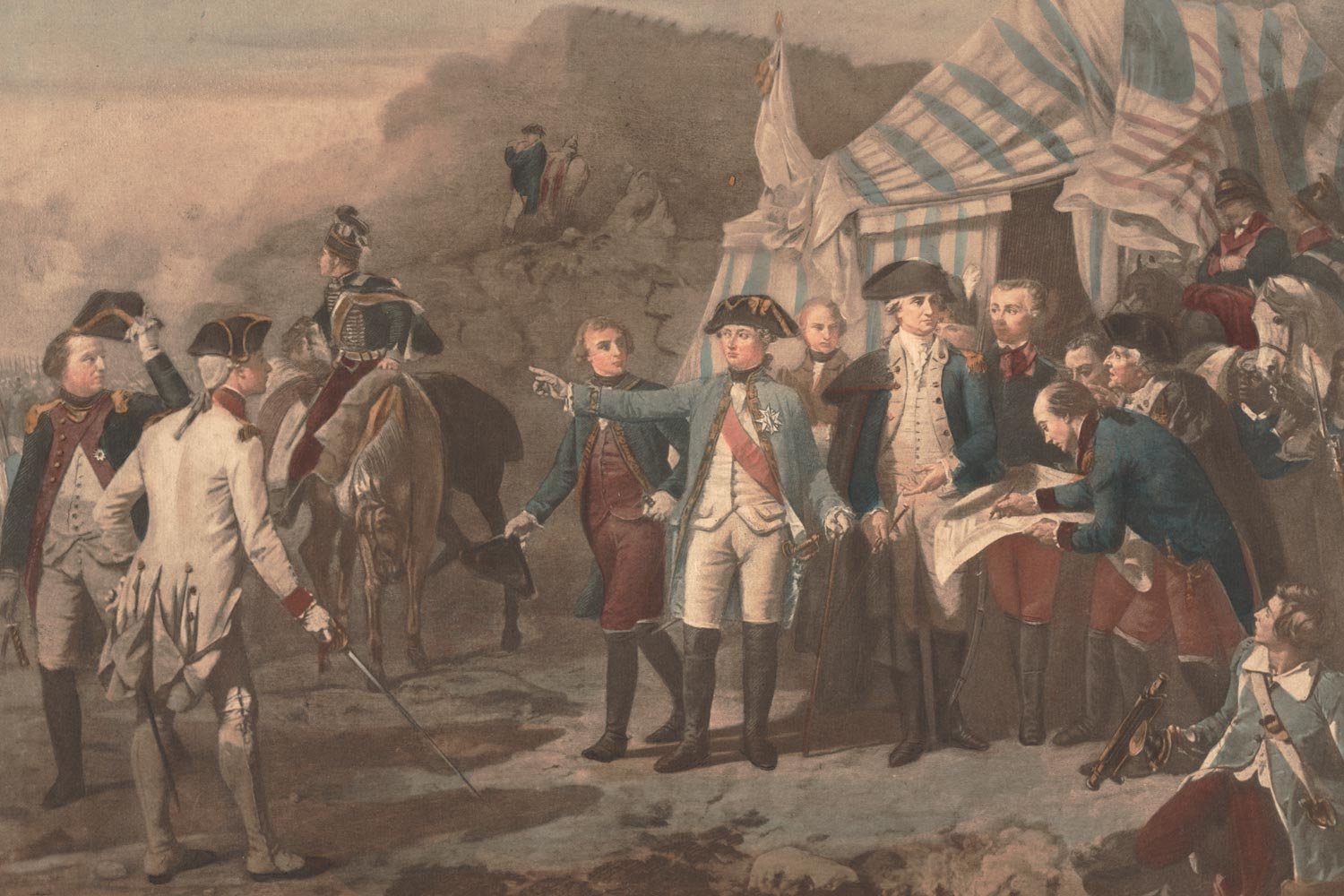

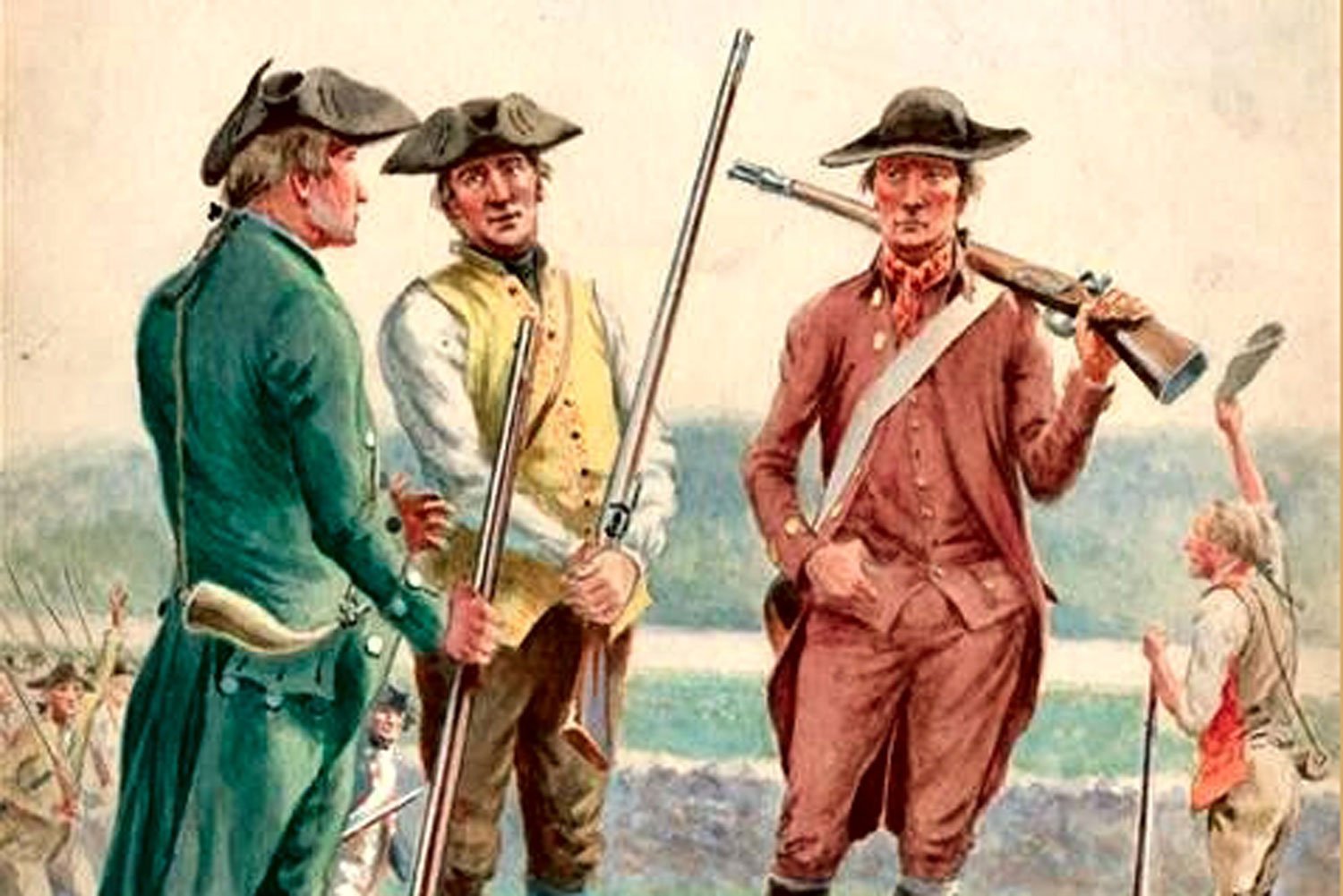
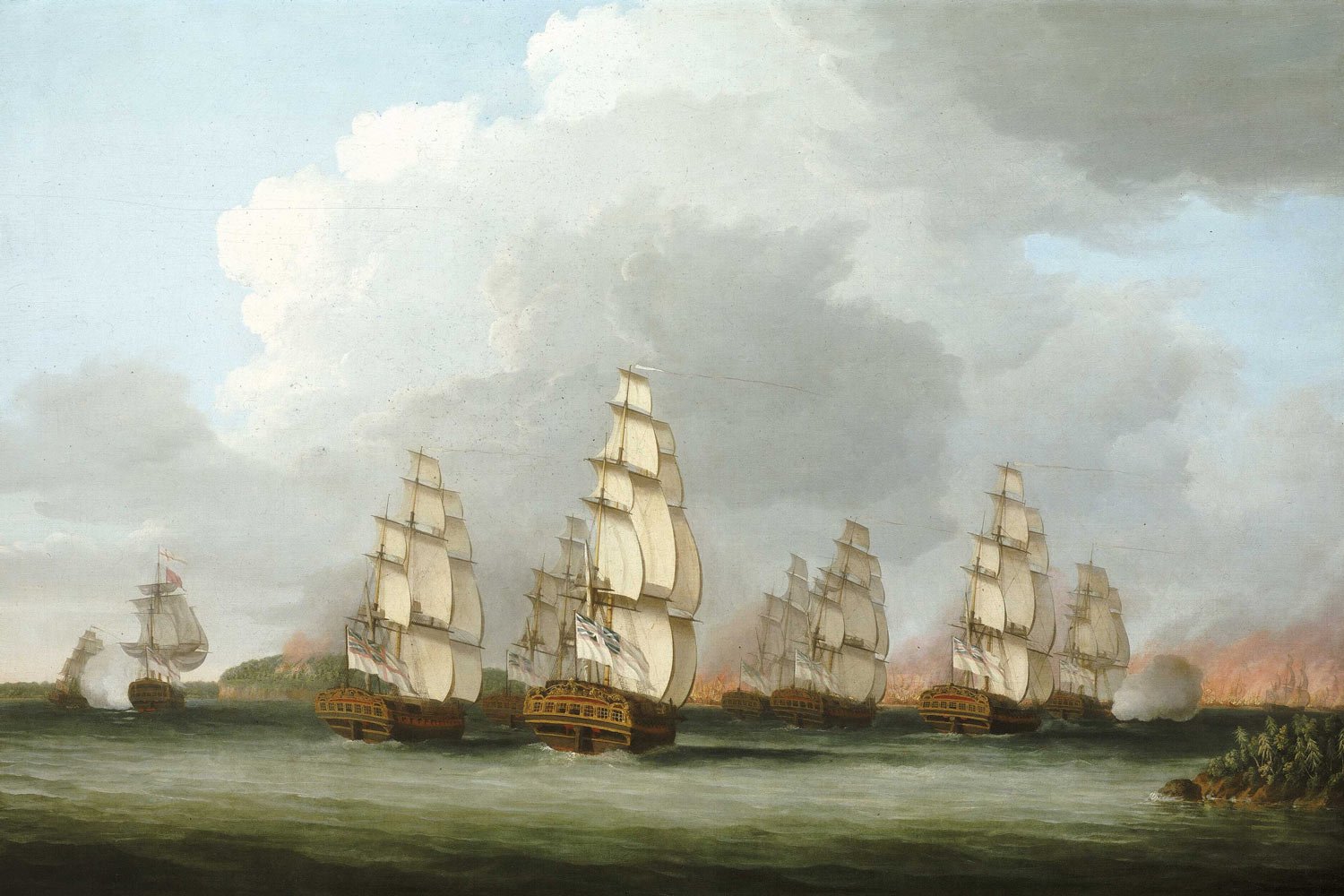
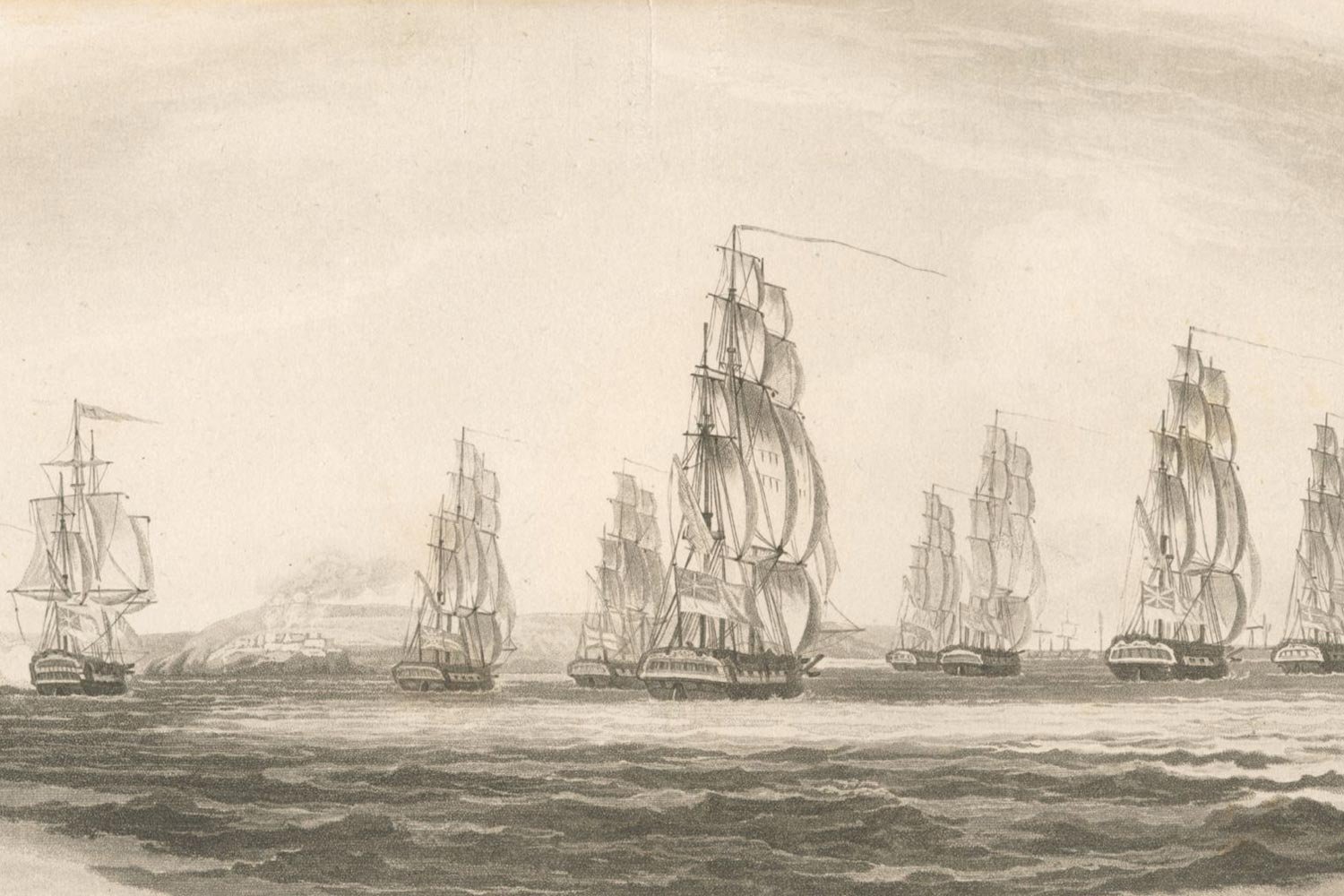

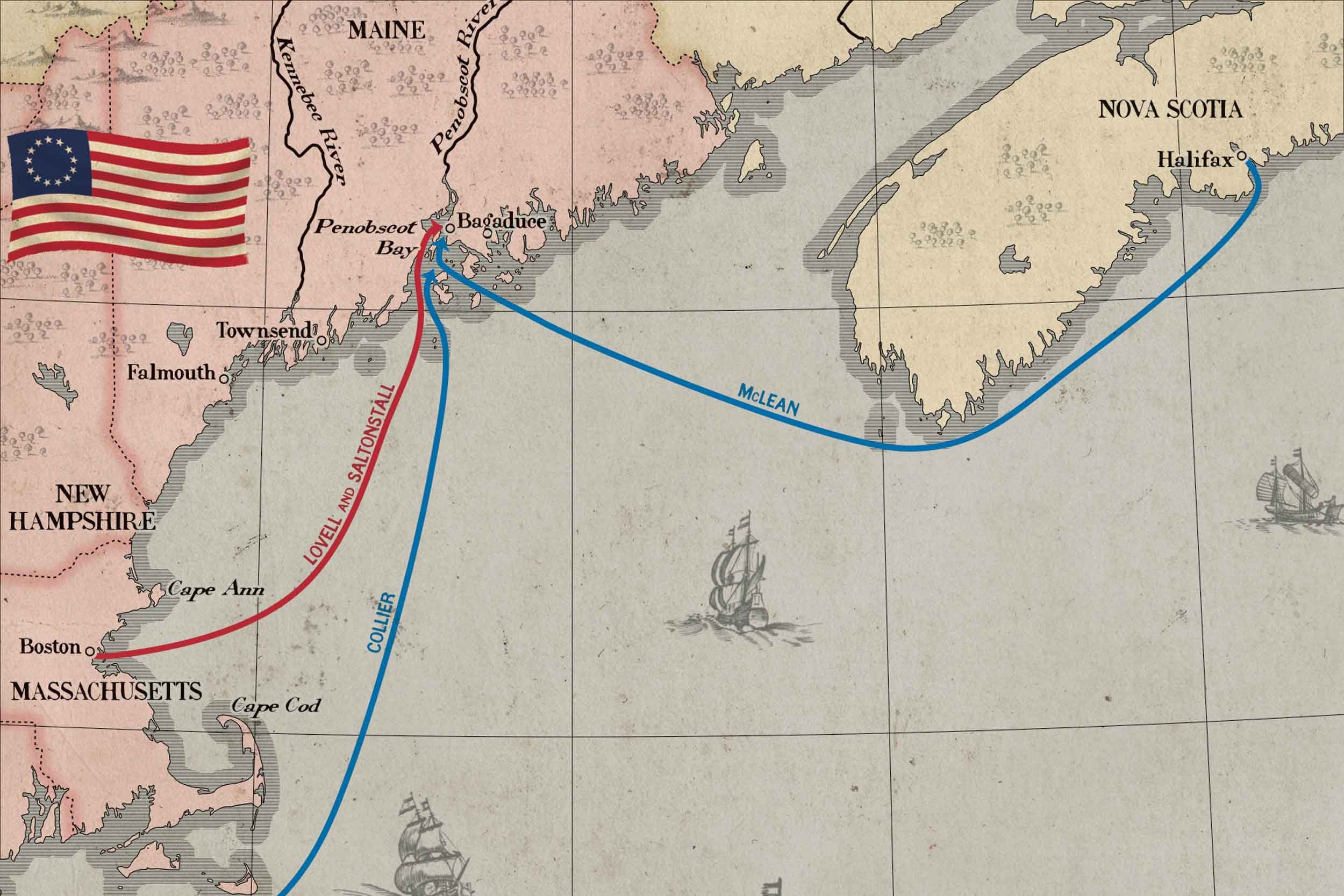
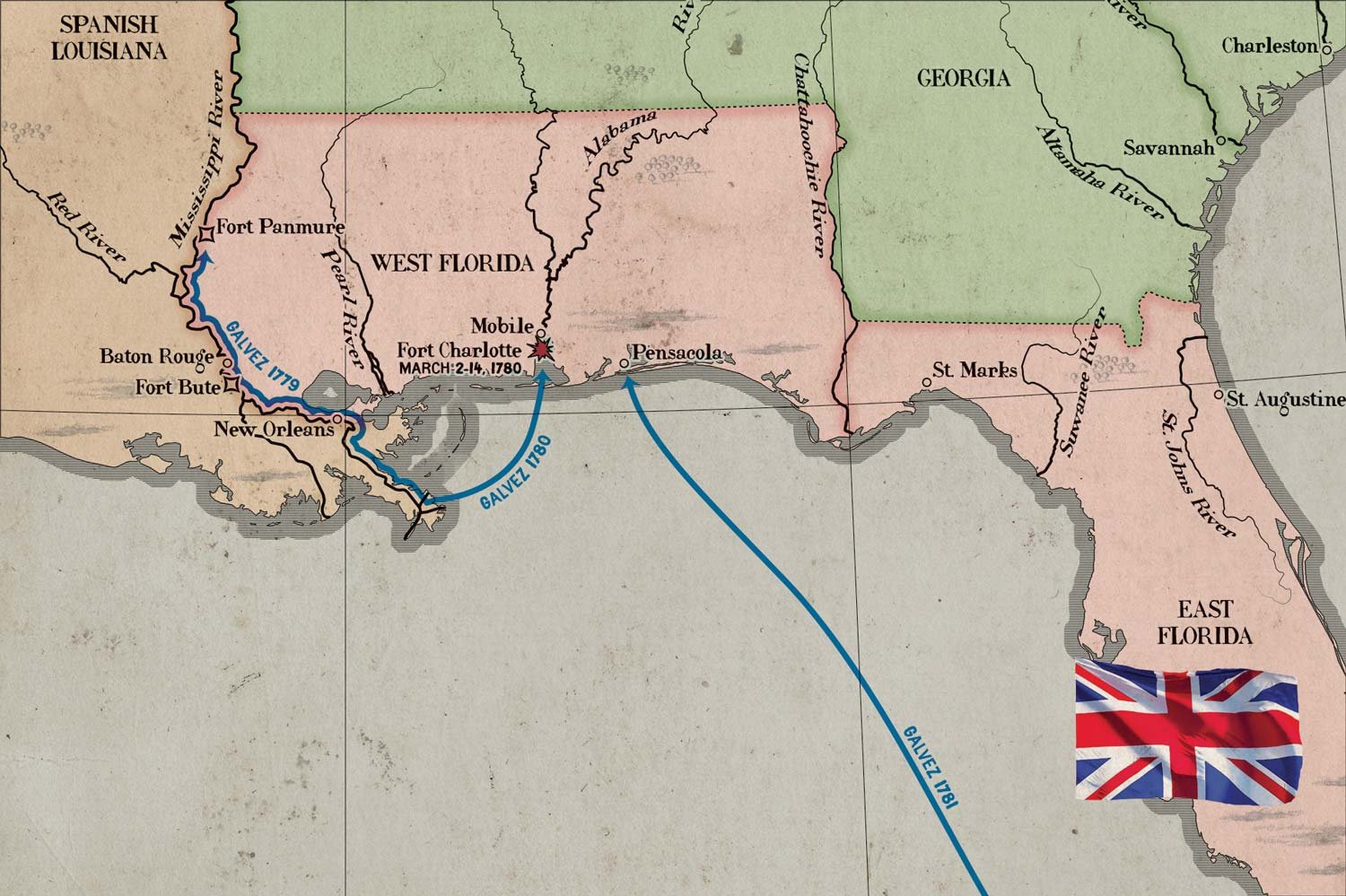
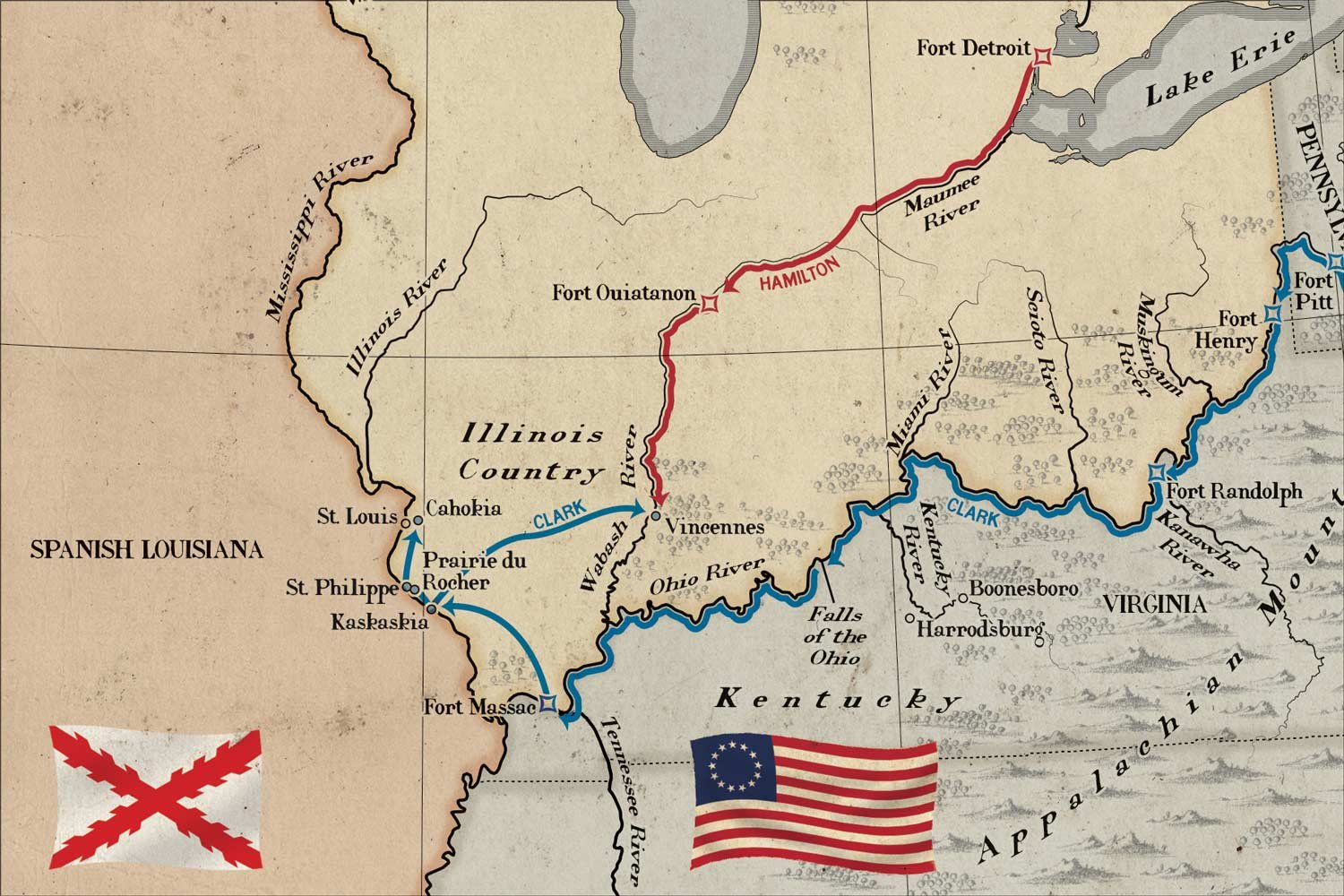
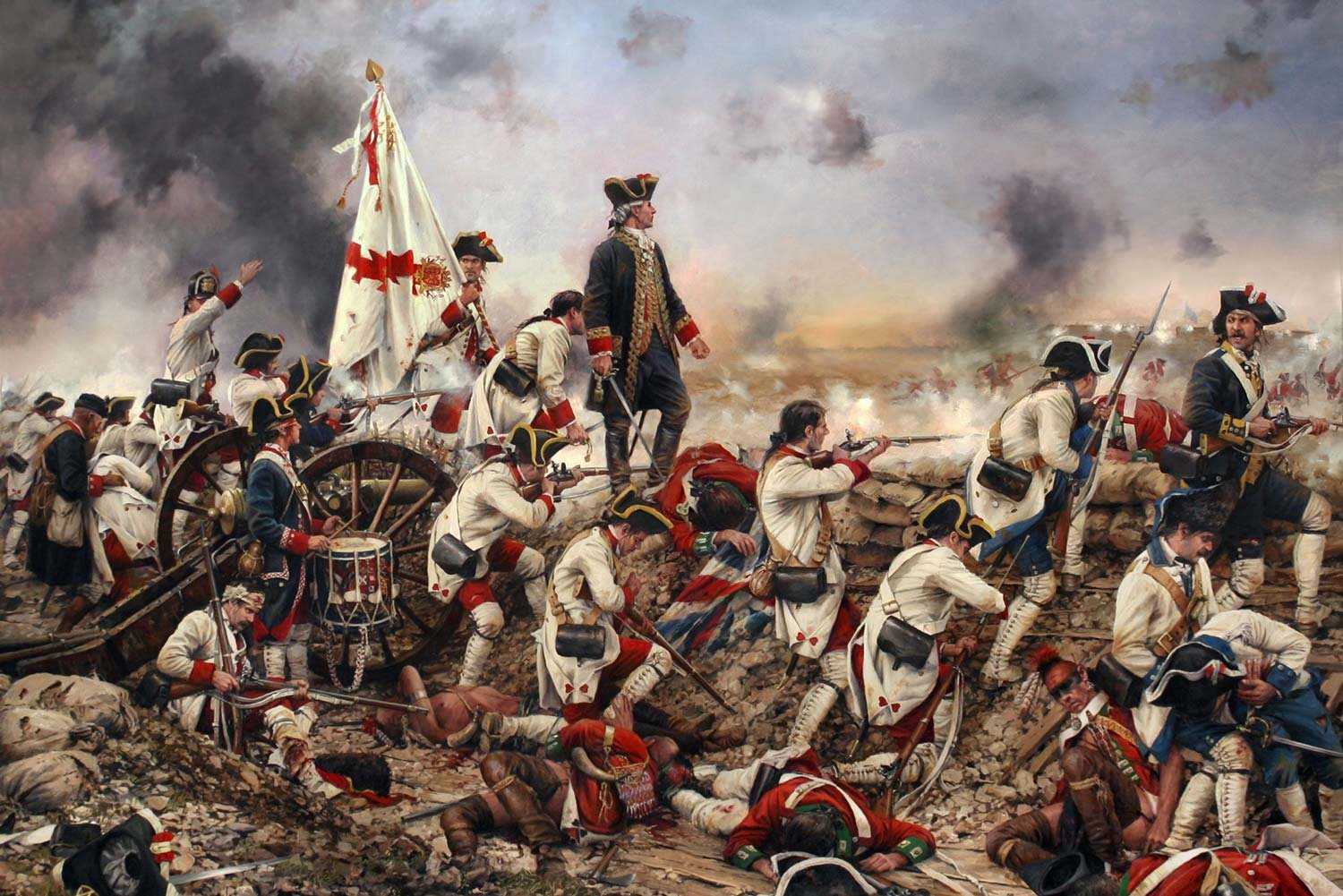
General George Washington led his Continental Army and the French Army under General Jean-Baptiste de Rochambeau into Virginia in mid-September 1781. The combined force was on its way to Yorktown and its appointment with destiny with the entrapped British command of General Lord Charles Cornwallis.